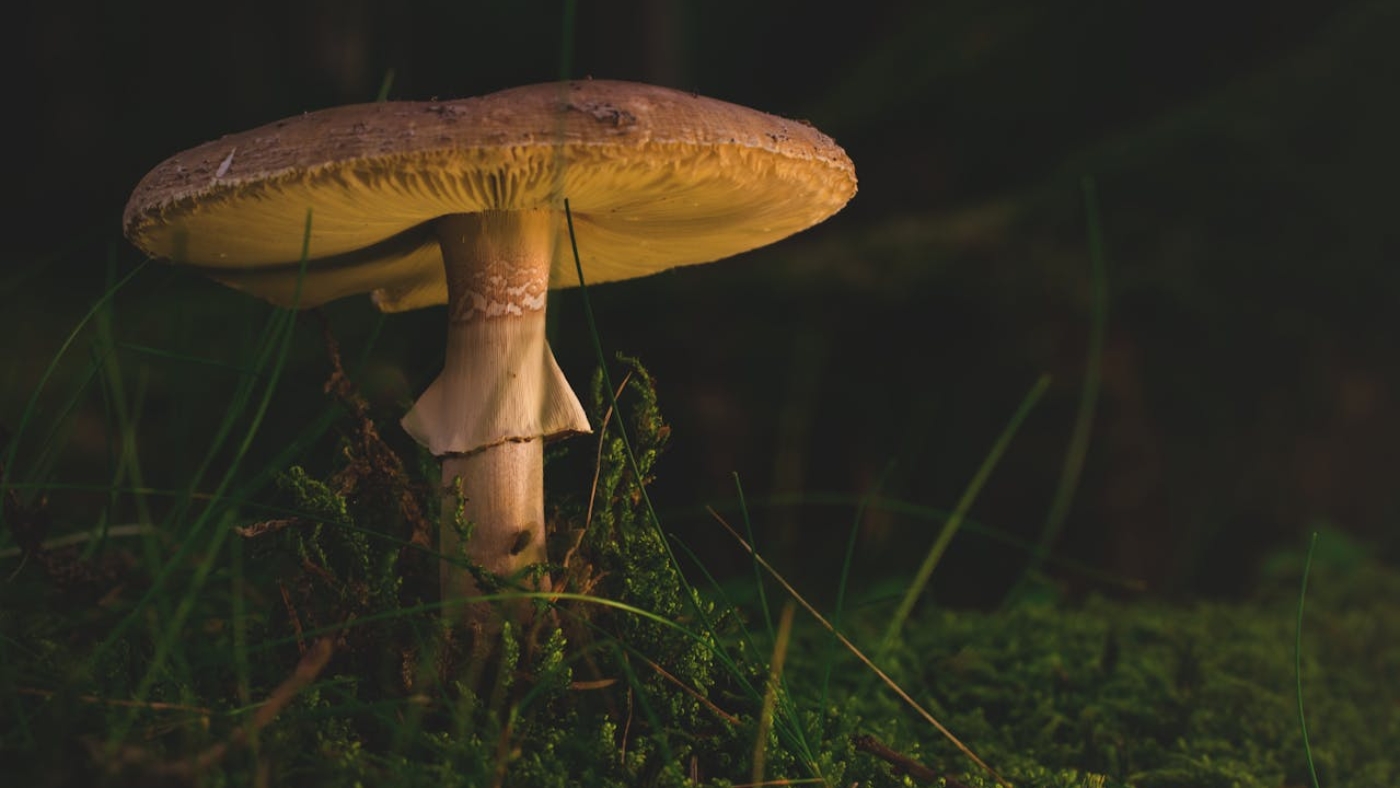Tryptamines are a class of compounds that play a crucial role in the psychoactive effects of magic mushrooms, particularly the Psilocybe cubensis species. The primary tryptamines found in these mushrooms are psilocybin and psilocin. When ingested, psilocybin is converted into psilocin, which then acts on serotonin receptors in the brain, leading to altered perception, mood, and cognition.
Other Tryptamines in Cubensis Mushrooms
Besides psilocybin and psilocin, cubensis mushrooms contain several other tryptamines that contribute to their overall effect profile. These include:
- Baeocystin: A minor tryptamine compound structurally similar to psilocybin. It is believed to have psychoactive properties, though less potent.
- Norbaeocystin: Another tryptamine related to psilocybin, with potential psychoactive effects.
- Aeruginascin: A tryptamine compound that may influence the overall experience when consuming these mushrooms.
When psilocybin and psilocin are extracted, these other tryptamines become more dominant. This shift can influence the overall therapeutic and psychoactive profile of the mushroom extracts, potentially offering different benefits and effects.
Baeocystin – An In-Depth Look
Introduction
Magic mushrooms, particularly those of the Psilocybe cubensis species, are well-known for their psychoactive properties, primarily due to the presence of compounds like psilocybin and psilocin. However, these mushrooms also contain other lesser-known tryptamines that contribute to their overall effects. One such compound is baeocystin. This blog will delve into the science, history, effects, and potential therapeutic uses of baeocystin.
Chemical Structure and Discovery
Baeocystin is a minor tryptamine compound structurally similar to psilocybin. Chemically, it is known as 4-phosphoryloxy-N-methyltryptamine. It was first identified in Psilocybe baeocystis mushrooms, from which it derives its name, but it is also present in other species like Psilocybe cubensis.
Pharmacology
Baeocystin is a derivative of psilocybin, differing by only a single methyl group. When ingested, it is believed to act on the same serotonin receptors in the brain as psilocybin and psilocin, though its exact mechanism of action is less well understood. The conversion of baeocystin in the body and its interaction with neurotransmitters are areas of ongoing research.
Effects and Potency
Reports suggest that baeocystin may have psychoactive properties, though it is generally considered less potent than psilocybin. Users have described its effects as similar to those of psilocybin, but often milder and shorter-lasting. These effects can include altered perception, enhanced creativity, and changes in mood.
Therapeutic Potential
Like other psychedelics, baeocystin may have therapeutic potential. Early studies suggest it could play a role in the treatment of conditions such as depression, anxiety, and PTSD. Its milder effects might make it a preferable option for those seeking the benefits of psychedelics without the intensity of a full psilocybin experience.
Historical and Cultural Context
Baeocystin, like other compounds in magic mushrooms, has been used for centuries in various cultural and spiritual practices. Indigenous peoples have long utilized these mushrooms in rituals and healing ceremonies, recognizing their profound impact on consciousness and well-being.
Modern Research and Legal Status
Research into baeocystin is still in its early stages, but interest is growing. As legal barriers to psychedelic research continue to fall, more studies are likely to explore its potential benefits and safety. Unlike psilocybin and psilocin, baeocystin and other related tryptamines are not classified as controlled substances and are completely legal, making them more accessible for research and therapeutic use.
Conclusion
Baeocystin is an intriguing compound with potential benefits that are just beginning to be understood. As research progresses, we may uncover more about unique properties and how it can be used to enhance mental health and well-being.


 Cart is empty
Cart is empty 
Add a Comment